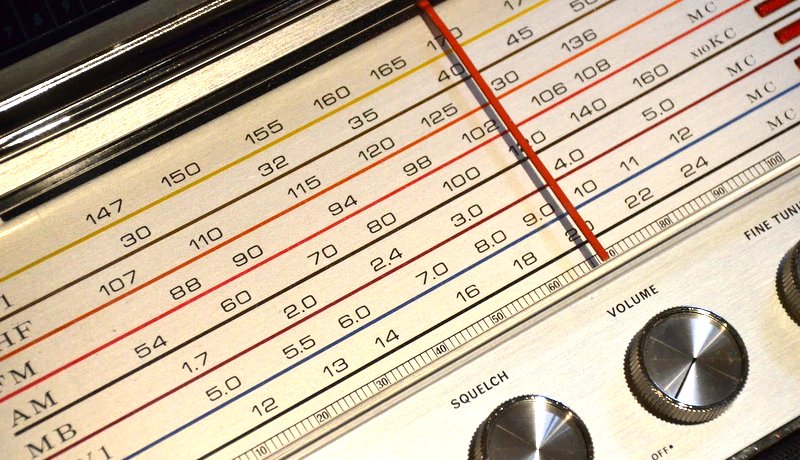(Source: Radio Mag via Dennis Dura)
AIR Launching DRM Conversion, Phase II
NEW DELHI — All India Radio was recently congratulated by India’s Union Minister for Information and Broadcasting Shri Venkaiah Naidu for having completed phase I of the national DRM digital radio roll-out in India. Thirty-seven DRM transmitters have been installed by AIR throughout the country, and all are now operational, according to DRM news.
Of the 37 new transmitters, 35 are medium wave and 2 are shortwave transmitters. Both SW transmitters are for international service and are broadcasting in pure DRM. […]
AIR is now in the process of launching phase-II of the DRM project by offering full features and services from these DRM transmitters and further improving service quality. When Phase-II is complete, the full-featured DRM services will be available to the audience and a public information campaign will be initiated to inform the Indian citizens of the completely new and future- oriented DRM radio platform and its many benefits. […]
Phase-III, as presented by AIR, will eventually culminate in the complete transition of radio services to the digital DRM platform, further improving the number and quality of radio services and extra features for the listeners, while also saving tremendous amounts of transmission power every year, according to the same article.
Click here to read the full article via Radio Mag Online.
While it sounds like the broadcasting side of DRM is progressing with AIR domestically, I haven’t read anything recently about affordable DRM receivers being developed for the market in India (other than possibly the Titus II and Gospell GR-216 which, I suppose, could be imported).
Based on messages I’ve received from readers/listeners in India, any new DRM receiver must be very affordable ($40 US or so) if wide adoption is to be expected.
I believe this is an opportunity for a manufacturer like Tecsun to step in and make an affordable DRM portable for the market in India–something with a simple display and controls. Otherwise, this might be another “cart before the horse” situation for DRM. That would be sad.
Titus II at NAB
The least expensive portable DRM receiver on the horizon could be the PantonX Titus II (not yet in production). PantronX has claimed the Titus II will cost “less than $100.”
And speaking of the Titus II, SWLing Post reader, Ed, notes:
pantronX is reportedly going to announce its Titus II Android SDR boombox at NAB April 22-27, which is another indication this radio is for real.
We’ll post updates about the Titus II as they become available. Follow the tag: PantronX Titus II







